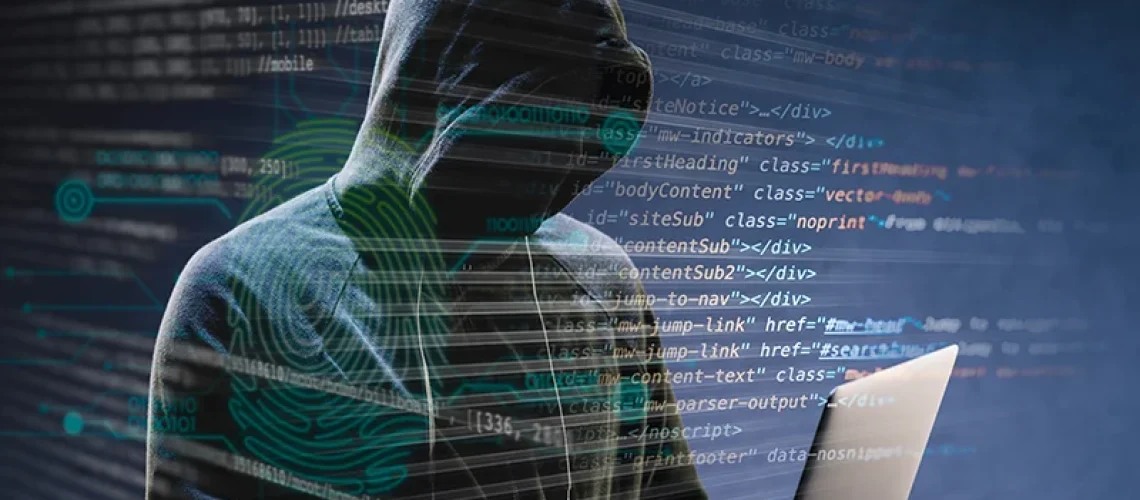Cyber attacks happen when weaknesses in technology or human behaviour are exploited by malicious actors. These attacks, often low in sophistication but highly effective, are usually successful due to poor cybersecurity practices.
In fact, 99.9% of cyber attacks are preventable, as they rely on vulnerabilities such as weak passwords, unpatched software, or human error. At Northstar Services Ltd, we specialise in IT support and cybersecurity, helping businesses defend against these threats. Here’s how cyber attacks happen and, more importantly, how you can protect your business.
Exploiting Vulnerabilities: The Core of Cyber Attacks
One major way how cyber attacks happen is by exploiting vulnerabilities in systems. For example, 43% of cyber attacks target small businesses that often rely on outdated software or weak password policies. As a result, hackers easily access sensitive data or disrupt operations.
At Northstar Services Ltd, we help businesses identify and close these gaps before an attack occurs. Get in touch with us today to ensure your business is protected.
Prevention Tip: Regular security assessments are essential for identifying vulnerabilities and reducing the likelihood of being targeted by cyber attacks. If you’ve already been affected, check out our blog on Rapid Ransomware Recovery Process for essential next steps.
Social Engineering: A Leading Cause of Cyber Attacks
Another common way how cyber attacks happen is through social engineering. This method involves hackers manipulating individuals into revealing sensitive information. Phishing, for example, is a type of social engineering where attackers trick people into clicking malicious links or revealing personal details. In fact, more than 90% of cyber attacks involve phishing emails.
Example: In 2020, a phishing attack allowed hackers to take control of high-profile Twitter accounts, later using them for a Bitcoin scam.
Prevention Tip: Regular employee training is crucial to help staff recognise phishing attempts and avoid becoming victims. Northstar Services Ltd offers training programmes to help mitigate these risks. And, if you’ve already been impacted, read our blog on Rapid Ransomware Recovery Process for immediate guidance.
Brute Force Attacks: A Frequent Entry Point for Cyber Attacks
A frequent method of how cyber attacks happen is through brute force attacks, where hackers use automated tools to guess passwords repeatedly. This method is particularly effective when passwords are weak or reused. Research shows that 80% of data breaches involve weak or stolen credentials.
Example: In 2017, hackers compromised nearly 200,000 websites using brute force attacks that targeted weak admin passwords.
Prevention Tip: Implementing strong password policies and enabling multi-factor authentication (MFA) is crucial to reducing the risk of brute force attacks. At Northstar Services Ltd, we can help you set up secure password protocols. In the event of a breach, our Rapid Ransomware Recovery Process blog provides steps for swift recovery.
Unpatched Software: The Silent Vulnerability
Hackers often exploit unpatched software, which is another common way how cyber attacks happen. When businesses fail to update their software, they leave their systems vulnerable to attacks. Studies show that 60% of data breaches result from unpatched vulnerabilities that could have been fixed.
Example: In 2017, the Equifax breach occurred because the company failed to patch a known vulnerability, resulting in the personal data of 147 million customers being exposed.
Prevention Tip: Regularly updating software and using automated patch management is essential to prevent such vulnerabilities from being exploited. At Northstar Services Ltd, we provide patch management services to ensure your systems remain secure. If you’ve already experienced a breach, consult our Rapid Ransomware Recovery Process blog to minimise damage.
Exposure of Credentials: A Common Factor in Cyber Attacks
Hackers commonly use stolen or exposed login credentials, which is another way how cyber attacks happen. In fact, over 15 billion credentials are available on the dark web, making it easy for cybercriminals to launch attacks.
Example: The Colonial Pipeline ransomware attack in 2021 occurred when hackers used a compromised password found on the dark web.
Prevention Tip: Using unique passwords for each account and regularly monitoring for data breaches is crucial in minimising the risk of credential theft. Northstar Services Ltd can help monitor your systems and provide support to safeguard against credential exposure. And, if your business has already been affected, our Rapid Ransomware Recovery Process blog offers steps to take immediately.
Cyber Hygiene: Key to Preventing
Cyber hygiene refers to the routine practices that help keep devices and systems secure, which is essential in preventing how cyber attacks happen. Poor cyber hygiene, such as using weak passwords or failing to update software, often leads to successful cyber attacks. In fact, 99.9% of cyber attacks could be prevented with proper cybersecurity practices.
Prevention Tip: Regularly backing up your data, installing antivirus software, and monitoring systems for suspicious activity is critical to detecting potential breaches early. At Northstar Services Ltd, we offer comprehensive cyber hygiene support to ensure your systems remain secure. If a breach does occur, refer to our Rapid Ransomware Recovery Process blog for recovery steps.
Act Now to Prevent Cyber Attacks
Understanding how cyber attacks happen is essential for protecting your business. Whether through weak passwords, unpatched software, or social engineering, taking proactive measures can significantly reduce your risk. At Northstar Services Ltd, we specialise in helping businesses protect their systems and defend against cyber threats.
Don’t what for a cyber attack, Contact us today to secure your systems and protect your business from cybercriminals. And if you’ve already experienced an attack, check out our Rapid Ransomware Recovery Process: 3-Step Guide for effective recovery.



